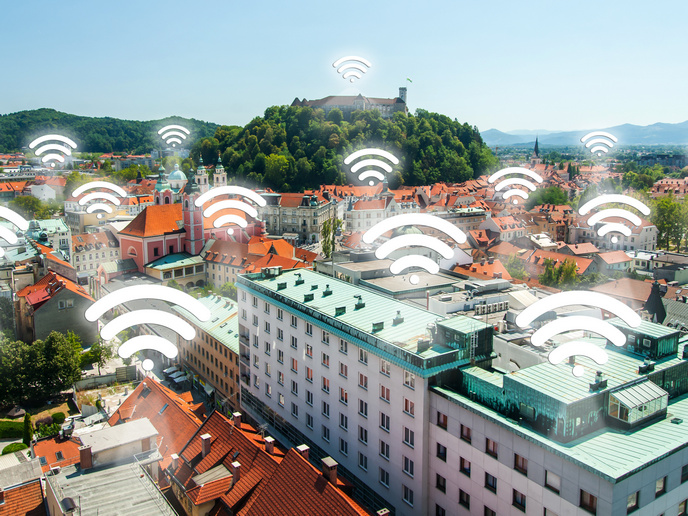Underwater sound detectors monitor adverse weather events
As climate change develops in the future, it will become increasingly important to monitor and predict adverse weather events, such as tsunamis and hurricanes. The World Meteorological Organisation is seeking higher frequency, accurate and reliable measurements of ocean parameters, at least every 3 hours. One popular ocean monitoring system is with sensor-equipped buoys, able to record characteristics like wind, wave, temperature and salinity. Many current monitoring systems require special construction and maintenance, leading to high overall costs. They are also affected by high salt concentration and microorganism growth on sensors, and extreme weather conditions at sea. These lead to inaccuracies in the data. High energy consumption results in non-continuous operation, further damaging the reliability and scope of the data. The myPAL-NET project has developed a reliable marine sensor based on passive acoustic technology. Underwater acoustics monitor noise pollution in the ocean. One of the main guidelines of the EU’s Marine Strategy Framework Directive Programme addresses underwater noise and how it should not adversely affect marine ecosystems. The sound pressure created during construction and operation of offshore wind farms, for example, can affect local marine life. The ‘my Passive Aquatic Listening’ (myPAL) device and the ‘my Passive Aquatic Listening – Network’ (myPAL-NET) system are developed for deepwater areas to detect, record and classify acoustic sounds. “Specifically, the system is capable of differentiating sound sources in real time, which can be used for live detection and monitoring of events at sea such as marine mammals, ships and storms,” explains Marios Anagnostou, research associate at the National Observatory of Athens.
Listening to the ocean
myPAL-NET is a low-cost acoustic recorder that can be attached to existing systems like buoys, used as a stand-alone device or embedded in a network. The sensors will last for years, providing constant, high-quality data completely autonomously. “The system can enable detection of very large spatial areas and is highly secure in the way it is deployed. Most importantly, the myPAL technology fills a gap, notably the current lack of reliable sensing systems in long-term deep sea and oceanic applications,” adds Anagnostou, myPAL-NET project coordinator.
Checking the health of the ocean
The system can validate satellite imaging data, meteorological and sea-state observations, long-term climate monitoring, vessel detection, marine-mammal movement tracking and environmental monitoring. “The potential consumers for these applications could include space agencies, oceanographic institutes and universities, meteorological and hydrological agencies, maritime-related industries, weather forecasters, and government agencies that monitor natural hazards,” notes Anagnostou. The team plans to test and validate the system with climate monitoring facilities such as the Hellenic Centre for Marine Research, and oil and gas industries. “Based on our preliminary market analysis, there are no other sensor systems that can produce real-time detection and classification of underwater sound sources like the myPAL system does,” says Anagnostou.
Keywords
myPAL-NET, ocean, monitoring, acoustics, noise, pollution, offshore, energy, weather







